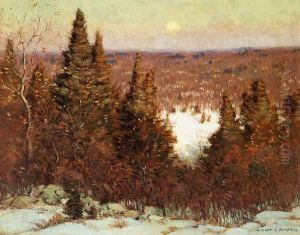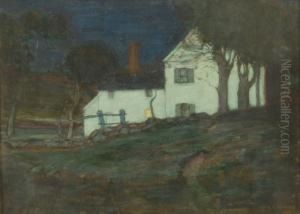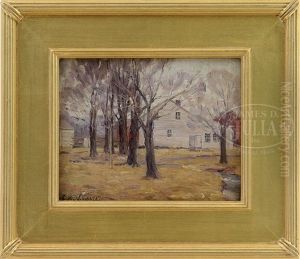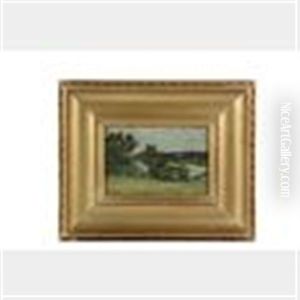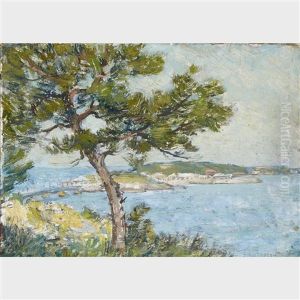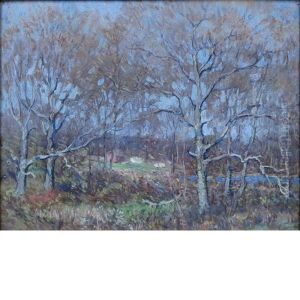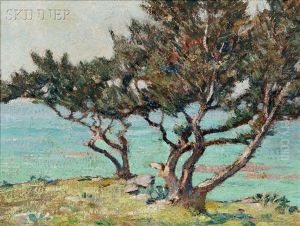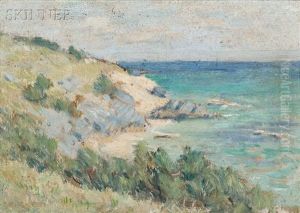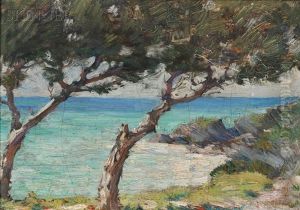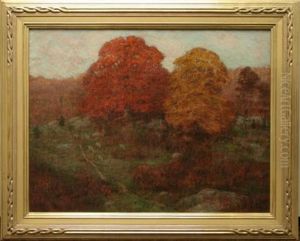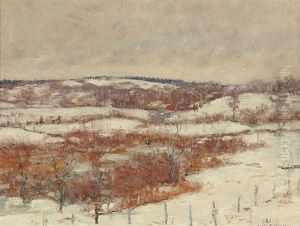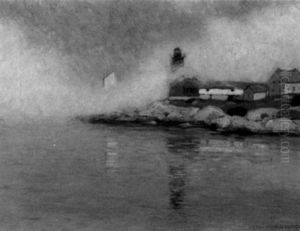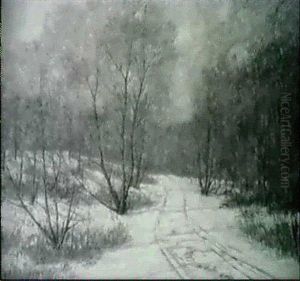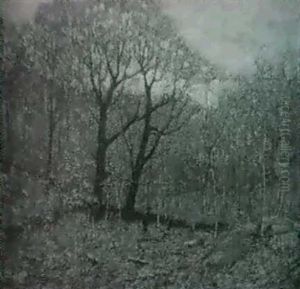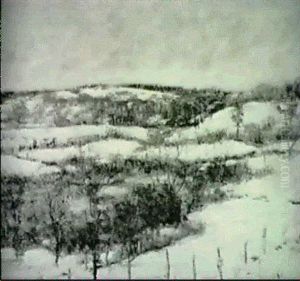Clark Greenwood Voorhees Paintings
Clark Greenwood Voorhees was an American impressionist painter known for his landscapes and seascapes. Born on July 7, 1871, in Toledo, Ohio, Voorhees was part of the early 20th-century American Impressionist movement, which was greatly influenced by the French Impressionists.
Voorhees' artistic journey began at Yale University, where he studied from 1888 to 1893. After graduation, he traveled to Paris to further his education in the arts. In Paris, he attended the prestigious Académie Julian, studying under teachers such as Benjamin Constant and Jean-Paul Laurens. This exposure to French artistic techniques and styles deeply influenced his approach to painting.
Upon returning to the United States, Voorhees settled in Old Lyme, Connecticut, which was a popular colony for American impressionists. There he became part of an art community that included notable figures such as Childe Hassam and Willard Metcalf. Voorhees was particularly captivated by the New England landscape, and much of his work reflects the beauty of the coastline and countryside of this region.
Voorhees' paintings are characterized by their vibrant colors, loose brushwork, and the interplay of light and shadow, all of which reflect the hallmarks of Impressionism. He had a particular talent for capturing the various moods of the sea and the transient effects of sunlight on the natural world. His work was exhibited at various venues, including the National Academy of Design and the Pennsylvania Academy of the Fine Arts.
Clark Greenwood Voorhees continued to paint throughout his life, and his work has been collected by several institutions. He passed away on December 27, 1933, in New York City. Today, Voorhees is remembered as a significant figure in the American Impressionist movement, and his paintings continue to be appreciated for their beauty and historical value.
